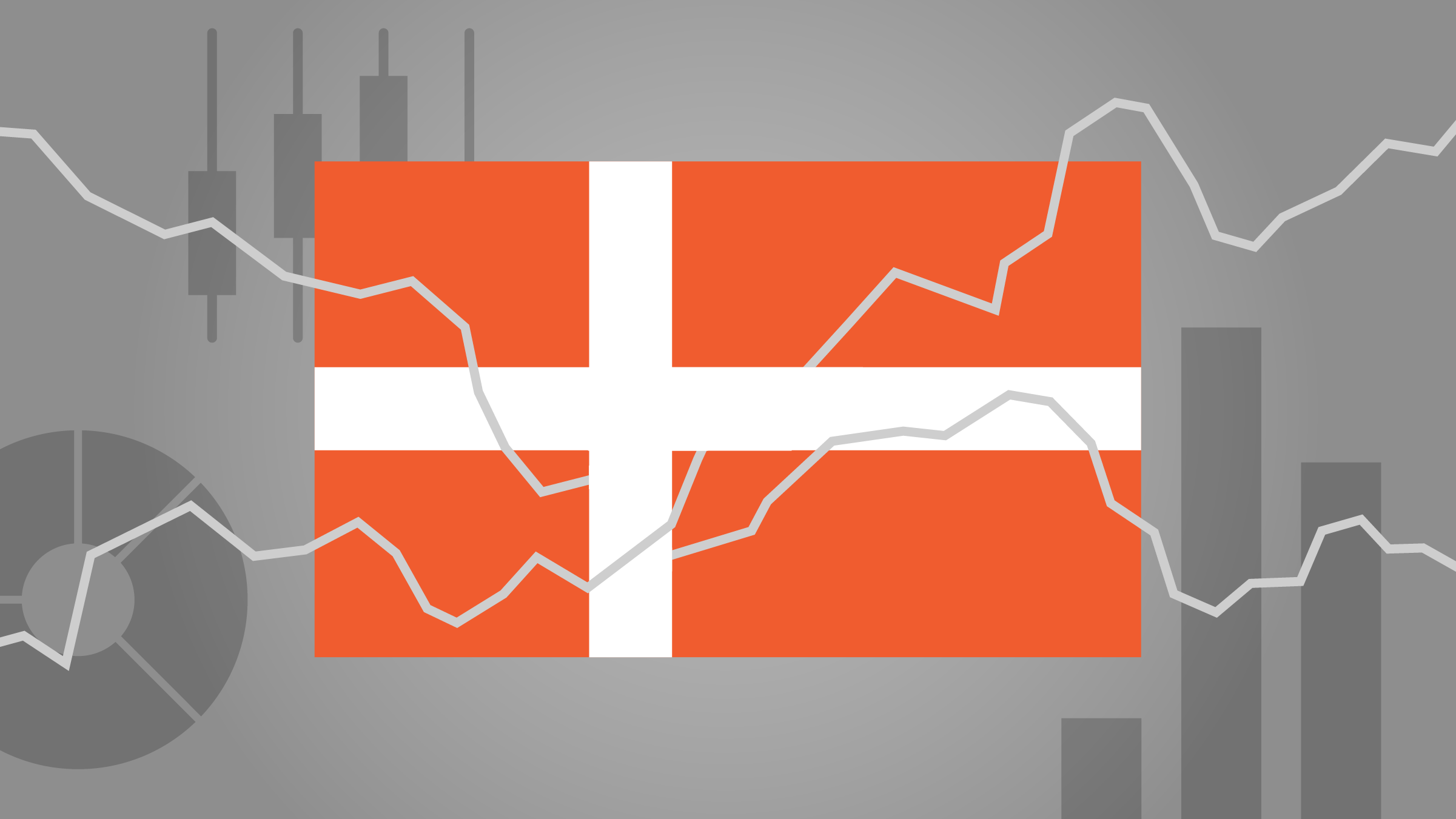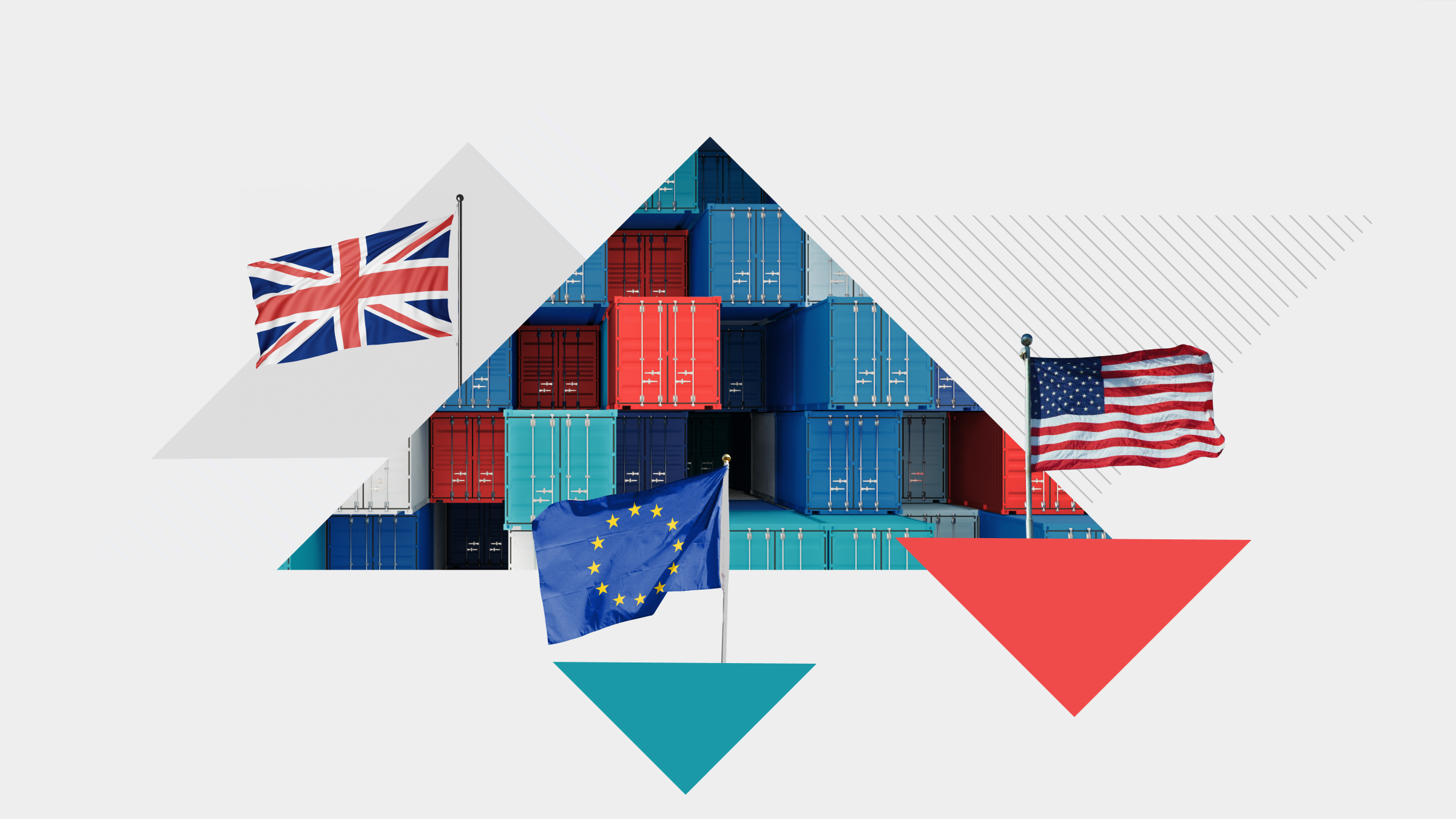Investeringskommentar, Erin Davis, Sr. Eq. Analyst, 19/05/2016
After rounding up first-quarter updates, we remain convinced that exposures to energy remain manageable for most U.S., Canadian, and European banks. We see positive indicators for investors on four fronts. First is the strength of underlying markets--the price of Brent crude has risen to nearly $50 per barrel from below $30 in early January, alleviating pressure on oil companies and reducing likelihood of default. The second indicator, that market expectations of losses have lessened significantly, is related. In our note of Feb. 11, we noted that the S&P 500 Energy Corporate Bond Index (essentially all investment-grade) was projecting losses of about 15%, while the Bloomberg USD High Yield Corporate Bond Energy Index (junk) was projecting losses around 30%. These indexes are now projecting losses of 5% and 20%, respectively. Third, enhanced disclosures show that banks’ energy exposures tend to be high-quality. Among the U.S., Canadian, and European banks that we cover, around 59% of credits are high-quality (investment-grade or similar at the 58% of covered banks that provide quality metrics). Finally, and perhaps most importantly, at an absolute level, energy exposures remain low and manageable relative to banks' common tangible equity. We estimate that 15% energy losses would consume an average of 3.1% of common Tier 1 equity. For a bank earning a 10% return on equity, that’s one quarter’s worth of earnings--clearly not a material threat to capital strength or bank moat ratings. Current market projections (losses of 4% on energy exposure) make potential additional write-downs look even less threatening, averaging near zero for U.S. banks and just 1% of common equity Tier 1 capital for Canadian and European banks. We still think investors should take advantage of market worries to invest in Citigroup and TD Bank, which are among our top investment ideas; both are significantly undervalued and face no significant threat from a renewed fall in energy prices.
Bulls Say
- With most of the banking assets and operations in Scandinavia, Nordea is not exposed to the sovereign debt contagion that much of Southern Europe has experienced.
- Expense-reduction efforts should help maintain positive earnings and continue to build capital during this slow economic environment.
- With Nordea's multiple delivery channels, it is able to capture an increasing number of relationships in a very competitive banking environment.
Bears Say
- Like many Swedish banks, Nordea relies on wholesale funding markets to get access to cheap funding on the covered bond market.
- Nordea's home markets and customers in Sweden and Finland depend on the rest of Europe for its export business. Norway's economy is very sensitive to oil prices.
- With NIMs below 1%, Nordea competes in a very competitive banking market and has little relative pricing power.
















